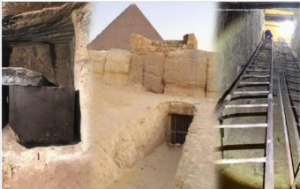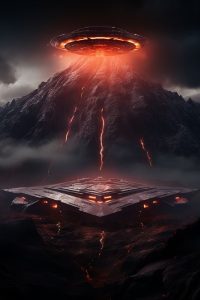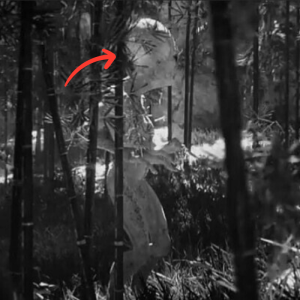
The enigmatic Nazca Lines etched into the arid Peruvian desert have long puzzled historians, archaeologists, and conspiracy theorists alike. These ancient geoglyphs, sprawling across the Nazca Plateau, form intricate patterns, shapes, and figures visible only from high altitudes. While various theories attempt to explain their purpose, one captivating notion suggests they might have been messages intended for extraterrestrial visitors, shrouded in mystery and intrigue.
Deciphering the Geometric Enigmas: Purpose and Creation The Nazca Lines, created between 500 BCE and 500 CE, feature geometric shapes, animals, and humanoid figures etched into the desert floor, ranging from simple to highly complex designs. The precision and scale of these geoglyphs, made by removing the iron oxide-coated pebbles to reveal lighter sand beneath, have left researchers pondering the methods and motives of their creators. Theories regarding their purpose span from religious and ceremonial significance to celestial calendars or even representations of deities visible from the sky.
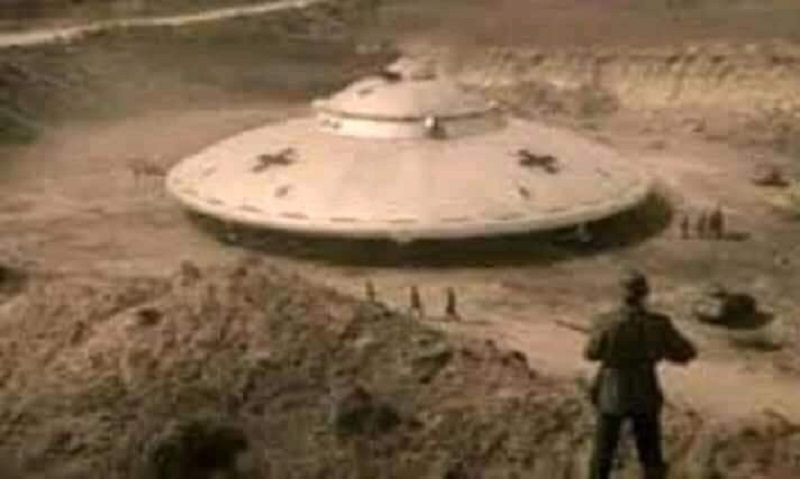
Alien Messages or Ancient Artifacts? Contemplating Extraterrestrial Communication One of the most intriguing hypotheses surrounding the Nazca Lines is the notion that these colossal designs might have been messages or markers meant for extraterrestrial visitors. Proponents of this idea speculate that these intricate patterns could have been a deliberate attempt by ancient civilizations to communicate with beings from beyond Earth. The intricate geometry and colossal scale of the geoglyphs, visible only from high above, fuel speculations about their potential as signals or landing guides for alien spacecraft.
Cultural Significance and Archaeological Insights: Perspectives on the Nazca Lines Archaeologists and historians, while intrigued by the possibility of extraterrestrial communication, often approach the Nazca Lines from a more grounded perspective. They delve into the cultural and historical context of the ancient Nazca civilization, exploring the societal, religious, and ceremonial significance of these geoglyphs. Through meticulous study of artifacts and excavations of nearby sites, they uncover clues about the rituals, beliefs, and daily life of the Nazca people, offering alternative explanations for the purpose behind these intricate designs.

The Eternal Mystery: Nazca Lines and the Quest for Understanding The Nazca Lines continue to captivate the imagination and spark debates among scholars and enthusiasts alike. While some advocate for a more down-to-earth explanation rooted in the cultural and religious practices of ancient civilizations, others maintain an open-minded approach, contemplating the possibility of a connection to extraterrestrial visitors. The enduring mystery surrounding these ancient geoglyphs reminds us of the vastness of human history and the enigmatic nature of our past encounters with the unknown.
Closing Thoughts:
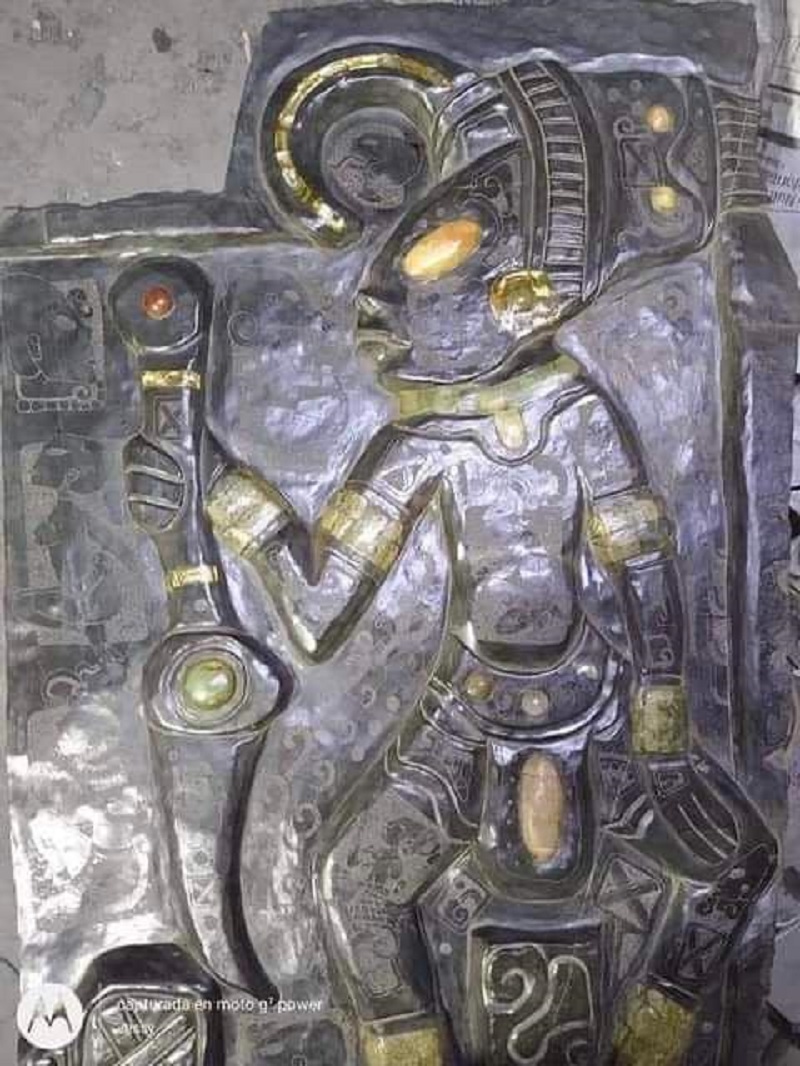
The Nazca Lines stand as an enduring testament to human ingenuity, leaving an indelible mark on the landscape and our collective curiosity. Whether viewed as religious symbols, celestial calendars, markers for rituals, or potential messages to extraterrestrial visitors, these enigmatic geoglyphs invite us to explore the intricate tapestry of human history and the mysteries that lie within.
As we ponder the purpose and significance of the Nazca Lines, the possibility of them serving as messages for extraterrestrial visitors remains a tantalizing speculation. Whether these ancient markings represent earthly narratives or hints of contact with cosmic entities, their enigmatic presence fuels our quest for understanding and beckons us to uncover the secrets of our ancient past and the possibility of connections beyond our world.
